Pros and Cons of Using LED Lighting for Studio Photography
Can LEDs really match up to studio flash? Find out in this illuminating class.
Among photographers seeking continuous light sources, LED lights have become a popular choice. But are they really superior to studio flash for all types of photography?
In this photography workshop, recorded LIVE at Visual Education HQ, Karl takes you through the pros and cons of using continuous LED lighting in the studio.
To demonstrate the challenges of working with LEDs, Karl undertakes a product shoot with an eye-catching Converse shoe. Though he achieves a striking final image, the hard work and meticulous adjustments required to do so reveals the limitations of these lights – and enables Karl to make a compelling case for his preferred studio flash alternatives.
As he works on the shot, Karl answers a number of insightful questions from members watching live. He also discusses circumstances in which LEDs might be advantageous – for example, when capturing video and stills simultaneously.
In this class:
- Lighting techniques for product photography
- Product photography with LED lights
- How to photograph footwear
- Pros and cons of LED lighting
If you enjoy this class, be sure to check out Sports Footwear Photoshoot and Flash Lighting vs Continuous LED Lighting.
Questions? Please ask them in the comments section below.
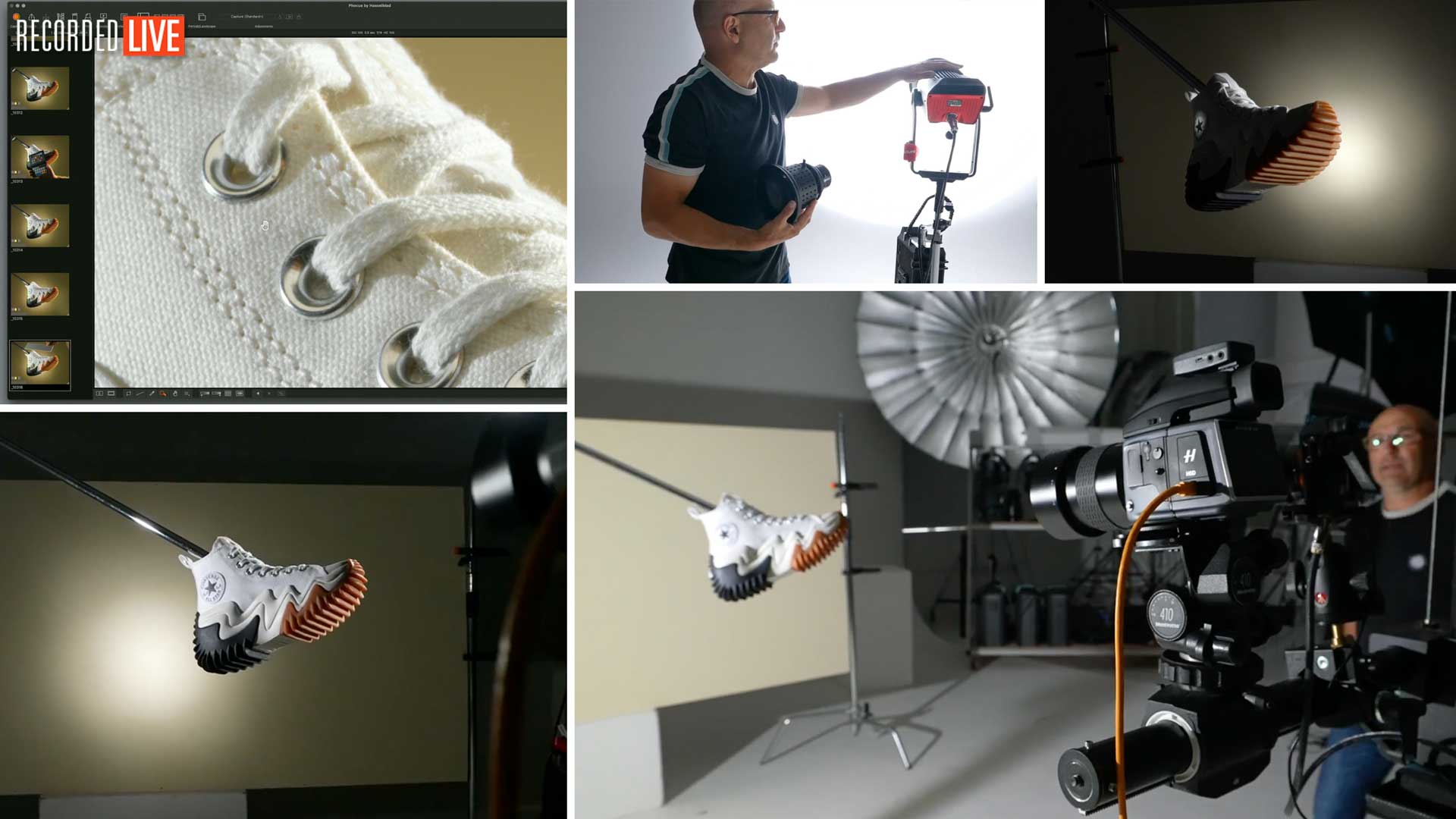

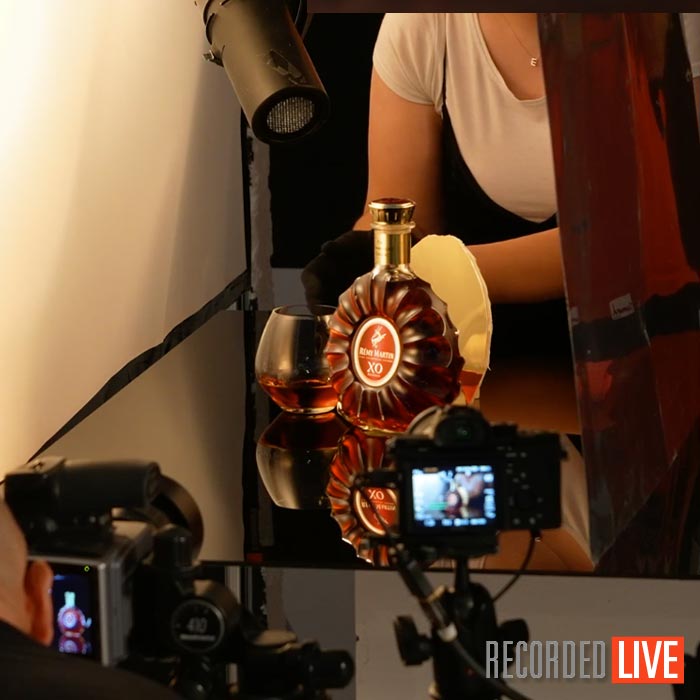
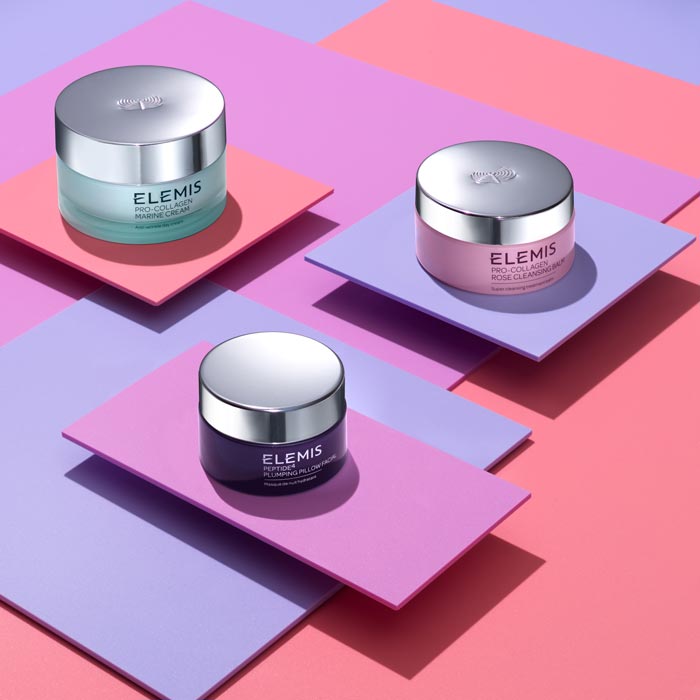
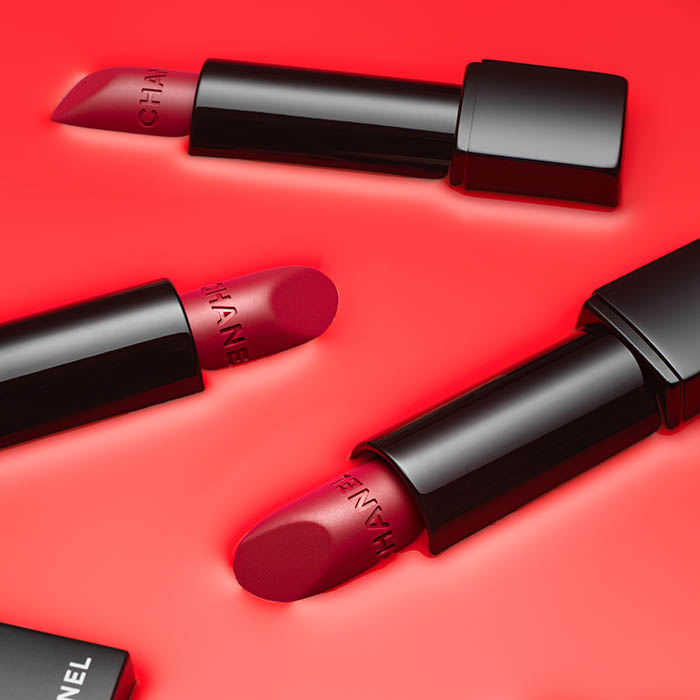
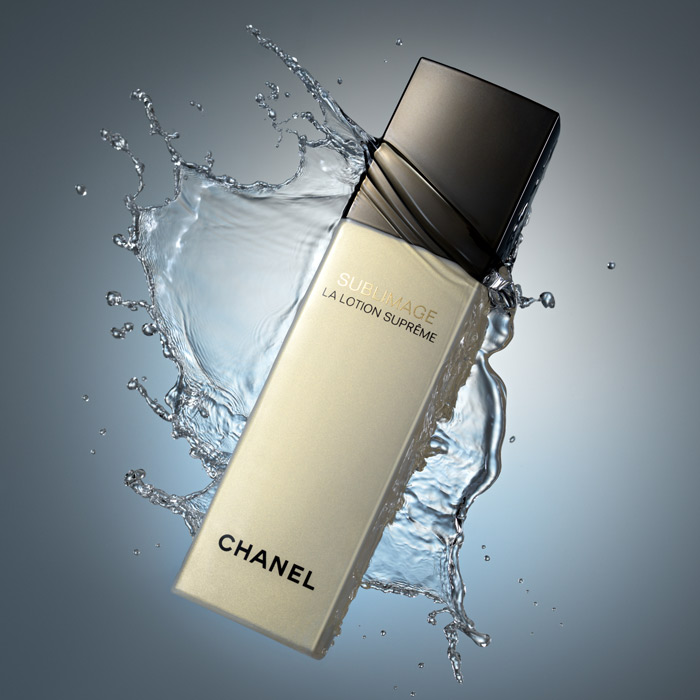
Comments
hi, can you recommend some good and cheap studio flash?
Hi, my favourite brand is broncolor but if that is out of your budget, then take a look at Elinchrom or Godox
I came to know about your videos about 9 years ago watching your first Youtube videos. I have recently subscribed to KTE and find it very useful for anyone who wants to learn more about photography.
Thank you so much for putting this valuable content.
Thank you much appreciated
Hi Karl,
Thanks for this video. Learned so much!!!
Suggestion (if not already created): A video series focussing in on new, aspiring photographers with no experience. Helping them get the ball rolling with things like budget equipment recommendations and the like?
Much of your material covers this theme, but I find that the nuggets of gold are dispearsed among the treasure trove that is your educational library, not gathered into a single, easily accessible resource.
Hi Karl,
Just wanted to say I loved this. I have watched most of your course and I come from a product videography background of 5 years. I actually use a lot of your flash lighting techniques for my video work just with LED.
Looks like ill be biting the bullet also and getting a kit of flashes
Thanks again for sharing
Thanks for your comments Lance. As you can see from this class and your own experience it is possible to make good still images with LED, I just find it less efficient if focusing on stills.
Some videos don’t have translation options.
Hi, yes most of our videos do have translations, about 85% of them at the moment. Unfortunately it takes time and expense to add translations to the videos and we are working through them as best we can. We also add new classes each month which means there is a continuous requirement for new translations but please be assured that we are doing everything we can do expedite the process.
Hı Karl video subtitle problem
Hi, what is the problem please and where and then we can look at fixing it but we need more information please.
Interesting session. No LEDs for me.
A slightly tangential point – I think a key bit of advice for anyone wondering what strobes to buy is to properly consider flash duration. I made the mistake of initially buying gear that just doesn’t hack it in terms of freezing the action (Elinchrom D-Lite RX4). Borne out of my ignorance, and a bit of a waste of money when it came to needing decent capability for fluids etc. If only I’d seen KTE coverage beforehand …… 🙂
* I mean ‘studio lights’ tahter than ‘strobes’.
Hi David, yes it’s certainly worth considering and there are many more brands now that offer faster durations however in saying that for all still life, portrait and beauty work it’s not a necessity, only when we move into jumping models/fashion or flying objects does it become essential.
Hi Karl,
Great explanation on for and against using LED and flash. Looking forward to seeing the LED you are going to access soon and the relative cost implications of light and modifiers. There’s no way at this time that we can control LED as well as flash and I don’t think your so called rant was excessive. Our time is valuable and the client will not pick up the tab for all the excesses. Well done ! Flash is king
Thanks Martin.
Hi Karl, I really enjoyed the class as I often find myself using flash or LED llighting for product shoots though mostly flash (speedlites) for the convenience of not having to darken/blackout the lounge based studio during the day! At night time I find it easier working with LED lights and with the benefit of being able to see, position and shape the lights before taking the shots.
I added below a linkedin link to one of my shots inspired by some of your techniques. The client of the shoe brand got in touch wanting to buy the shot – I spent around 3 hours in all to create the image and I wondered how you would price a one off shot like this if its not inappropriate to ask your wisdom.
https://www.linkedin.com/posts/johnleigh_secretstudio-creativephotographer-londonphotographer-activity-6944606308968894464-RoBb
kind regards
john
Well done John on the shoe shot and gaining a client from you work!
Hi Karl and (Team),Thank you for this great class.
You mentioned in this class that one of the positive point of using a studio flashes.
that you can work with them without turning off any ambient light in your studio.
My question ,is that ambient light like room light or a big monitor will be reflected by the light coming from the studio light?
Kind regards,
Nader
Hi, I’m sorry I don’t understand your comment?
Sorry my english is not that well.
If i use a strobes.do i have to work in a dark room?
I have a doubt that the flash studio will let the ambient light get reflected on the product.
Kind regards
Nader
Hi Nader, no you don’t have to work in a darkened room with strobes. However it does help to work in a slightly darkened room just so you can see the effect of your modelling lamps more easily but because you can photograph at 1/200th of a second sync speed with strobes then your shutter speed will cut out most ambient light but not the strobes.
Hi Karl
Great show as always, i have a general question about exposure, i am using a color corrected Benq monitor while shooting and the images appear correctly exposed on them, the brightness level of my monitor is set to about 60%. But when i send the same files to my clients the images on their monitor appear to be a bit under exposed and darker, is this something to do with the quality of their monitor and its brightness settings?
Is there any way to be absolutely certain that the exposure level is even across different monitors and brightness settings?
Amit
Hi Amit, the only way to be sure it to calibrate your monitor using an X-rite calibrator and the sofware that comes with it, something like the i1 display calibrator.
Thank you, Karl. I primarily shoot video, but your training has still given me a lot of techniques I have been able to incorporate into my shoots.
I enjoyed seeing the process of setting up and adding LED lights since the process is similar but a little different from flash. It becomes a real dance balancing the power of lights.
Thank you and glad you enjoyed the class.
Karl,
Thanks for this video, it’s been extremely helpful to hear your thoughts on this. I have recently started learning photography from a video background and as such, I have started learning photography using a selection of Aputure LED lights and all of the modifiers for them which I already own for video work.
Despite being very familiar with LED lights and happy working with them from my video background, I have found myself running in to all the same problems and frustrations using LED lights for photography over the past few months that you highlight in this video.
I was already slowly coming to the conclusion that LED is simply not the right tool for the job, you have now convinced me to bite the bullet and invest in some studio flash, a painful realisation for someone who already owns some of the best LED options on the market for my video work.
Hi Matthew, I’m glad you enjoyed the show and demonstrated those points. If you do decide to go for flash and you already have a range of modifiers then keep in mind that if you go for a bowens fit flash then you can re-use those modifiers. Also some flash brands offer an adaptor ring to fit other fits to their lights. So that might save you a bit of money. Of course you already operate in video too so the LED kit is not going to go to waste. We are in exactly the same boat, we have LED and HMI for video and we have studio flash for stills and yes unfortunately it is more expense and more kit.
Hi Karl (and team), thank you once again for this great class – it was excellent!
You mentioned you don’t like using F22 because of defraction, do you explain more about this issue in any of the other classes?
Warm regards,
Mark
Hi Mark, thank you. I mention it in other classes but I’m not sure I show it in detail. I think this is a great idea for another class to add to our Lighting science/theory section and is something I will work on. Cheers Karl
I was very interested to see this as I do a mix of people and product shoots as well as video and while I have been mostly using flash for portrait and fashion and products as well I often feel that although the power is low on my budget LED COBs and panels it often makes sense to use these when photographing a clients training shoes products and other products. Flash feels overkill when I can have long expsure and 100 ISO but does mean dark rooms.
Thats where I do like to use flash and I am using speedlites to control the light in the space and I find models appreciate being in a normal lit room and yet the flash can create the punchy and contrasty shots I like to create.
One question on my mind was your mention of strong light sources glaring at models and Im supposing its similar to the film industry where actors presumably get accustomed to bright lights along their career – and also I think about those old hollywood 1930s glamorous shots all done with strong fresnel constant lights by George Hurrell – do you find that your models prefer flash to constant lighting as I try both to see reaction at times and how the shots look in comparison
thanks so much for putting this together its invaluable
Hi John, yes I’ve found the models prefer flash as less glary and tiring. In relation to the old Hollywood style yes you are right they would have had bright glaring lights in many scenes but often they were at a much greater distance than you would find in a photography studio environment.